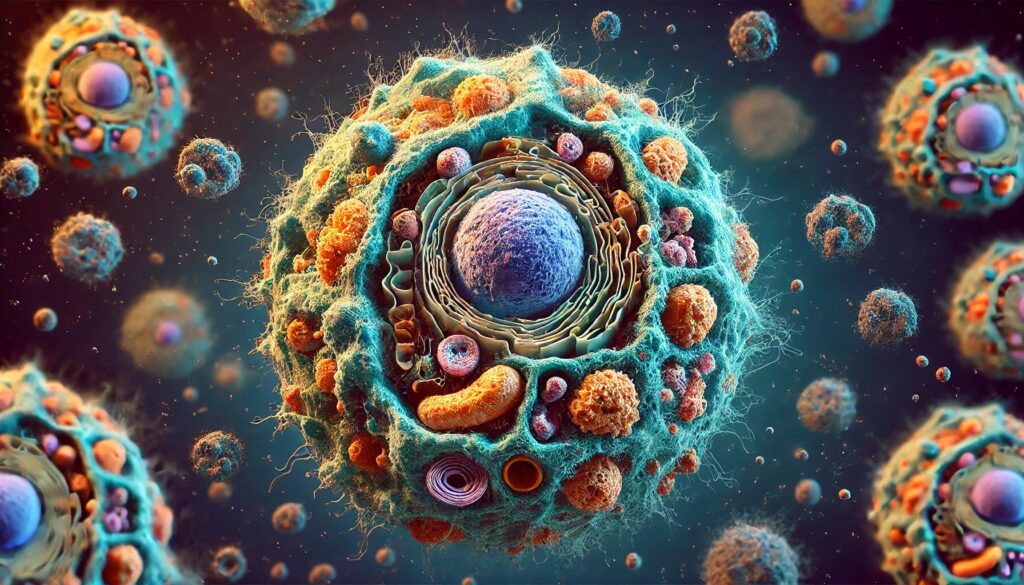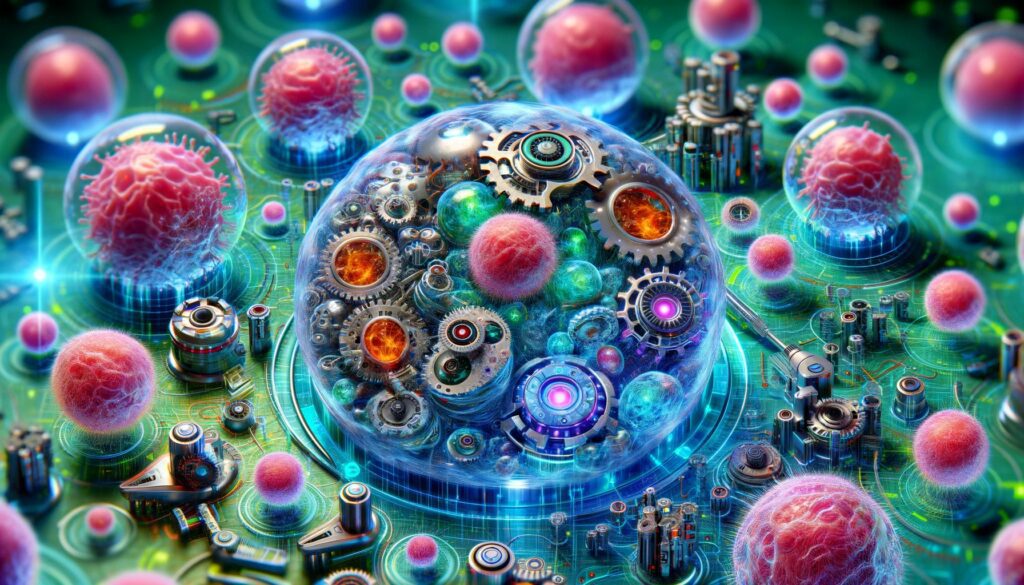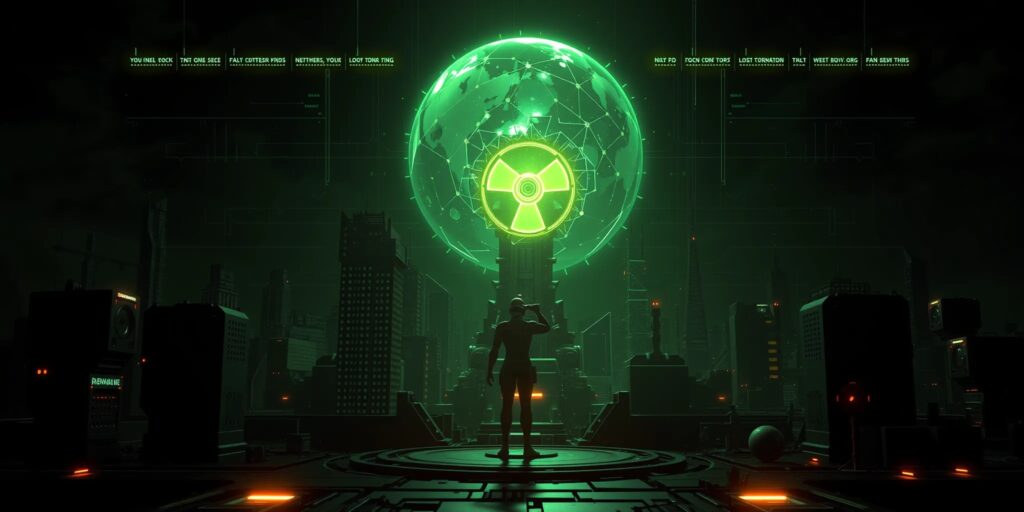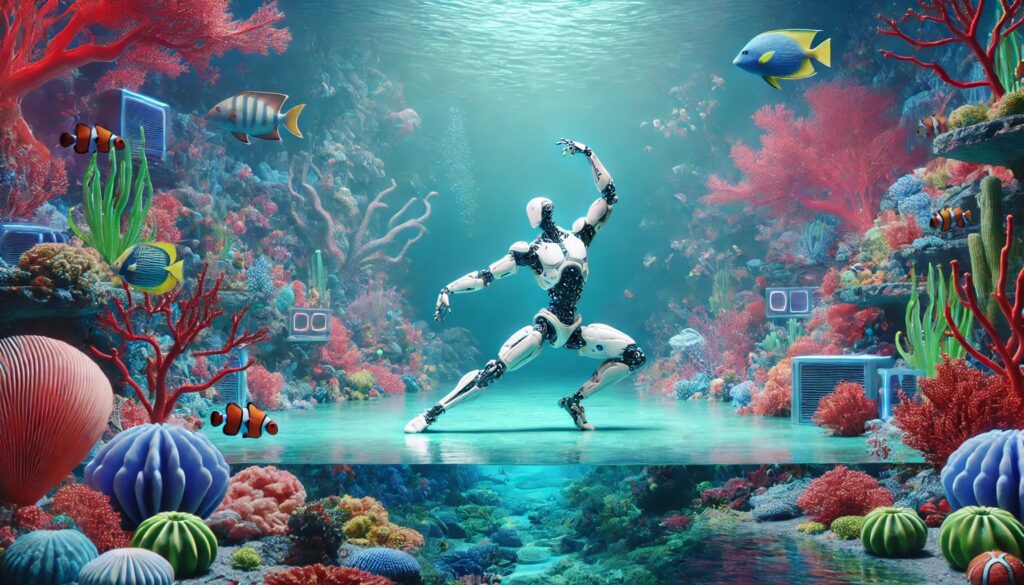
The realm of bioengineering is witnessing a monumental leap with the advent of Anthrobots. Developed by Tufts University and the Wyss Institute at Harvard University, these innovative biobots are crafted from human tracheal cells. Building on the success of Xenobots, which were derived from frog embryo cells, Anthrobots represent a significant advancement in creating functional biological robots.
Cell Origin and Structure
Cell Source
Anthrobots originate from the surface cells of the human trachea. These cells, equipped with cilia, tiny hairlike structures, move to help clear particles from air passages. By encouraging these cilia to face outward in lab-grown organoids, researchers imbue the organoids with motility, thus enabling movement.
Self-Assembly
Unlike Xenobots, which required manual shaping, Anthrobots self-assemble in lab dishes. This scalable process allows for the parallel production of swarms of Anthrobots, making mass production both feasible and efficient.
Morphology and Movement
Diverse Shapes
Anthrobots display various shapes, such as spherical forms fully covered in cilia and irregular football shapes with patchy cilia coverage. These different shapes determine their movement patterns, enabling them to travel in straight lines, move in circles, or wiggle.
Size
Anthrobots range in size from 30 to 500 micrometers. This size range bridges the gap between nanotechnology and larger engineered devices, thus offering versatility in applications.

Therapeutic Applications
The primary goal of Anthrobots is therapeutic, with promising results in neural regrowth.
Neural Regrowth
In lab tests, researchers created a “wound” in a layer of neurons and introduced Anthrobots. These biobots facilitated significant neural regrowth, forming a neuron bridge across the damaged area. Remarkably, this healing process occurred without genetic modification of the cells.
Superbots
Researchers also created clusters of Anthrobots, known as “superbots,” to ensure a dense concentration of biobots at the wound site. This clustering enhances the healing effect.
Future Potential
Anthrobots hold promise for a variety of medical applications, including:
- Clearing arterial plaque
- Repairing spinal cord or retinal damage
- Recognizing and targeting bacteria or cancer cells
- Delivering drugs to specific tissues
Safety and Ethical Considerations
Biodegradability
Anthrobots naturally biodegrade within 45-60 days. This ensures they do not persist in the body beyond their useful lifespan.
Use of Human Cells
Constructing biobots from a patient’s own cells minimizes the risk of immune reactions, negating the need for immunosuppressants. Additionally, Anthrobots are created without altering the genetic material of the cells, thereby reducing concerns about unintended genetic consequences.
Containment
Anthrobots can only survive in specific lab conditions outside the body. This ensures no risk of environmental release or uncontrolled proliferation.
Future Research Directions
Researchers continue to explore the full potential of Anthrobots, focusing on:
- Investigating mechanisms of healing and neuron growth stimulation
- Testing the biobots in various therapeutic contexts such as cardiovascular health, nerve repair, and targeted drug delivery
FAQ
What are Anthrobots?
Anthrobots are innovative biological robots created from human tracheal cells. They represent a significant advancement in bioengineering, capable of self-assembly and movement thanks to the cilia on their surface cells.
How do Anthrobots differ from Xenobots?
While Xenobots were created from frog embryo cells and required manual shaping, Anthrobots are derived from human cells and can self-assemble in lab dishes, making the production process scalable.
What are the primary applications of Anthrobots?
The primary aim of Anthrobots is therapeutic. They have shown promising results in facilitating neural regrowth, and they hold potential for various medical applications such as clearing arterial plaque, repairing spinal cord or retinal damage, targeting bacteria or cancer cells, and delivering drugs to specific tissues.
How are Anthrobots created?
Anthrobots are developed from the surface cells of the human trachea, which have cilia that can move. Researchers encourage these cilia to face outward in lab-grown organoids, giving the organoids motility. The Anthrobots then self-assemble in lab dishes.
What sizes do Anthrobots come in?
Anthrobots range in size from 30 to 500 micrometers, bridging the gap between nanotechnology and larger engineered devices.
Are Anthrobots safe for use in the human body?
Yes, Anthrobots are designed to be safe. They biodegrade naturally within 45-60 days, ensuring they do not persist in the body beyond their useful lifespan. Additionally, using a patient’s own cells minimizes the risk of immune reactions.
Do Anthrobots involve genetic modification?
No, Anthrobots are created without altering the genetic material of the cells, reducing concerns about unintended genetic consequences or evolution beyond control.
How do Anthrobots move?
Anthrobots exhibit various shapes, which determine their movement patterns. Some move in straight lines, others in circles, and some wiggle. These movements are driven by the cilia on their surface cells.
What are “superbots”?
“Superbots” are clusters of Anthrobots used to ensure a dense concentration of biobots at a wound site, enhancing the healing effect.
How do researchers ensure the containment of Anthrobots?
Outside the body, Anthrobots can only survive in specific lab conditions, ensuring no risk of environmental release or uncontrolled proliferation.
What future research is being conducted on Anthrobots?
Researchers are investigating how Anthrobots stimulate neuron growth and other healing processes. They are also exploring expanded applications in cardiovascular health, nerve repair, and targeted drug delivery.
Where can I find more information on Anthrobots?
For further details, you can refer to the original articles from the Wyss Institute, ScienceDaily, Tufts Now, and Futurism:





